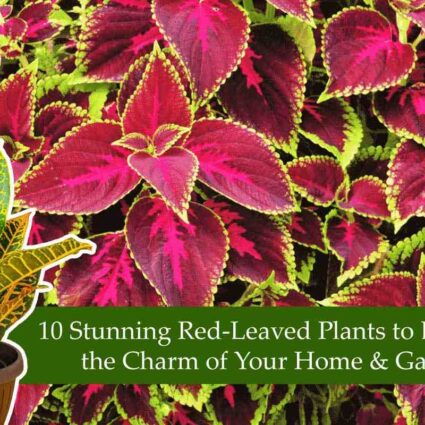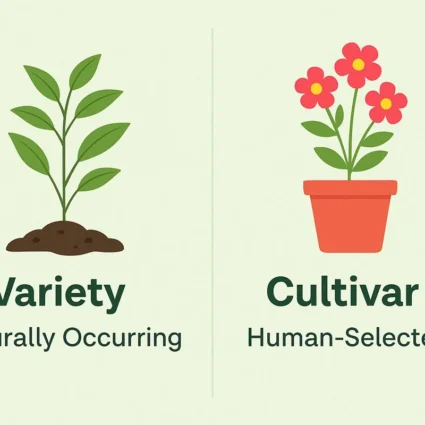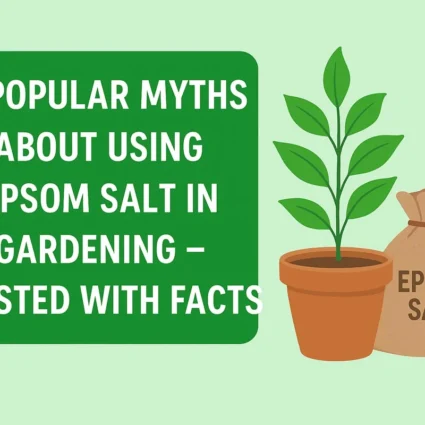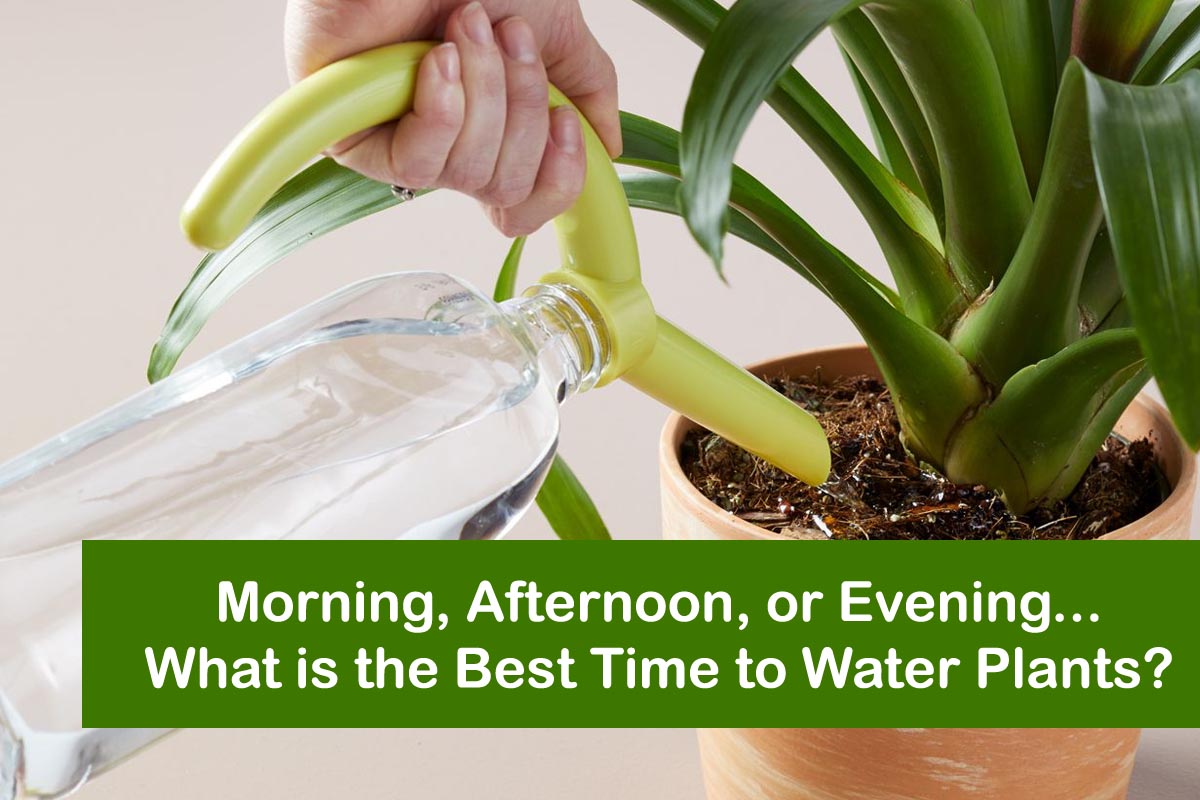
Morning, Afternoon, or Evening… What is the Best Time to Water Plants? Many People Make Mistakes
Just as humans need water to survive, plants also require water to stay alive. In winter and rainy seasons, the timing of watering doesn’t significantly impact the plants. However, during the scorching summer days, especially in May and June, it’s crucial to be mindful of when you water your plants. Otherwise, the plants can get burnt or dried up.
There are likely many people around you whose plants dry out during the summer, even though they provide both fertilizer and water. The reason is that, in an attempt to protect their plants from the summer heat, they water them in the afternoon. They believe that keeping the soil moist by watering in the afternoon is essential. However, watering plants during the hot midday can cause the roots and leaves to burn.
The ideal time to water plants during summer is either in the early morning or late evening. Watering in the early morning allows the plants to absorb the water before the heat of the day sets in, reducing evaporation and ensuring the plants remain hydrated. Evening watering can also be effective, as the temperatures are cooler, and the water has more time to soak into the soil without evaporating quickly.
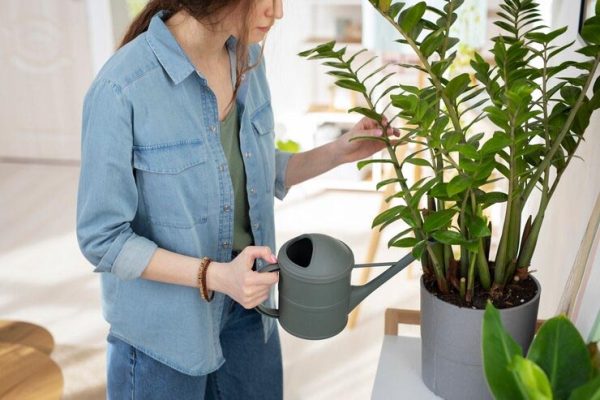
It’s essential to establish a consistent watering routine to maintain the health of your plants. Ensure that the water reaches the roots and doesn’t just wet the surface. Mulching around the plants can help retain moisture in the soil, reducing the need for frequent watering. Additionally, consider the specific water needs of different plants, as some may require more water than others.
By being mindful of the timing and method of watering, you can ensure that your plants remain healthy and vibrant throughout the summer, avoiding the common mistake of midday watering that leads to burnt and dried-up plants.
Also Read This :The Longest-Living Hanging Plants: A Guide to Perennial Indoor Greens
Understanding Plant Needs
Different plants have different water requirements. For example:
Succulents and Cacti:
These plants require less frequent watering. Allow the soil to dry out completely between waterings.
Flowering Plants:
They usually need more water, especially when they are blooming. Keep the soil consistently moist but not waterlogged.
Vegetables:
Most vegetables need consistent moisture to produce healthy crops. Water them regularly, ensuring the soil remains damp but not soaked.
Also Read This :7 Plants with Lifespans Longer Than Their Growers
Recognizing Signs of Overwatering and Underwatering
It’s essential to recognize the signs of overwatering and underwatering to adjust your watering schedule accordingly:
Overwatering Signs: Yellowing leaves, root rot, moldy soil, and a general wilting appearance despite moist soil.
Underwatering Signs: Dry, crispy leaves, drooping stems, and soil pulling away from the edges of the pot or garden bed.

Watering Container Plants
Plants in containers tend to dry out much more quickly than those planted in the ground. Pots absorb heat, which can stress the plant roots, and the soil in containers loses moisture faster than garden soil. As a result, container plants typically need to be watered daily. In extremely hot weather, you might even need to water them twice a day, especially if they are in smaller containers. To check if your plants need watering, use the finger test: insert your finger about two inches into the soil. If it feels dry or you notice wilting plants, it’s time to water them immediately
Also Read This :Turmeric Plant: Follow These Interesting Tips to Grow Turmeric at Home
How Often to Water New Plants
Newly planted additions to your garden or containers require more frequent watering than mature, established plants. These new plants need time to develop a robust root system that can draw water from a larger soil area. Whether it’s a perennial, tree, or shrub, if it has been in the ground for less than a year, it will need regular watering beyond what it receives from rainfall. The general guideline is to water as needed, ideally when the soil feels dry but before any signs of wilting appear. If a plant does look wilted, give it a thorough watering immediately.
Watering plants might seem like a simple task, but it requires careful attention to ensure their health and growth. By understanding the best time to water, you can avoid common mistakes and keep your plants thriving, especially during the hot summer months. Remember, the key to successful plant care is observing and responding to their needs, ensuring they receive just the right amount of water at the right time.
Also Read This :Blooming Brilliance: Reviving Orchids After Flower Loss with Dual Methods


